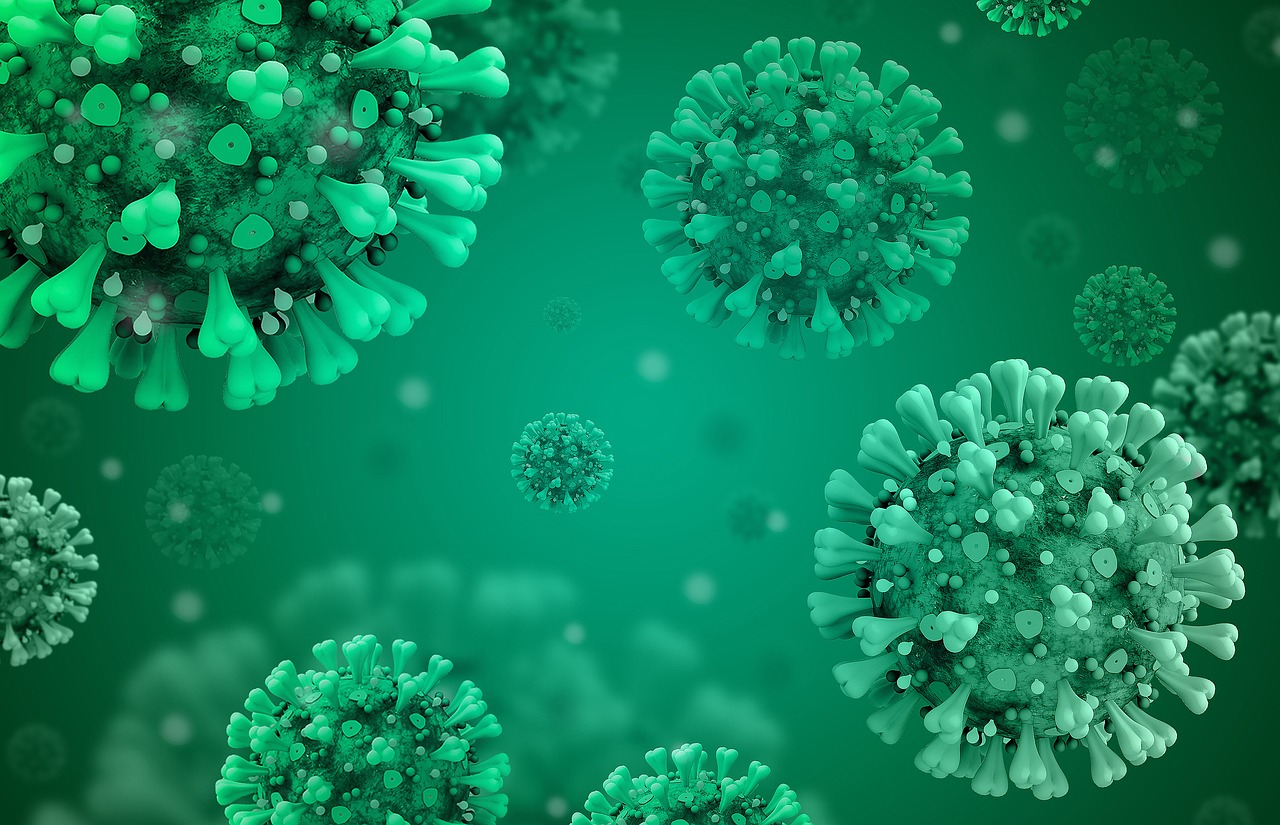A Virologist’s Experiment in Self-Healing

The groundbreaking case of a virologist at the University of Zagreb is a story of self-preservation and courage that has gained traction online. When Beata Halassy, 49, was diagnosed with a recurrence of triple-negative breast cancer, she took the matter into her own hands and set out to turn her laboratory expertise into a lifeline. By leveraging her skills as a virologist, this scientist demonstrated the immense potential of virotherapy—a rapidly evolving field where viruses are re-engineered to combat cancer.
The virologist began her experimental treatment after conventional therapies had limited success. Her approach involved intratumoral injections of two distinct viruses:
- Edmonston-Zagreb Measles Virus Strain (MeV): A weakened measles virus strain widely used in global vaccination campaigns. MeV is known to infect and kill cancer cells preferentially due to their elevated expression of certain receptors, such as CD46.
- Vesicular Stomatitis Virus Indiana Strain (VSV): A rhabdovirus with strong oncolytic properties. VSV selectively replicates in tumor cells with impaired antiviral defense mechanisms, sparing healthy tissues.
Both viruses were meticulously prepared under research-grade conditions in her laboratory, ensuring high purity and safety. Over several weeks, she administered multiple injections directly into her tumor under medical supervision and documented every step.
Viruses have emerged as potent tools in cancer therapy due to their ability to exploit the vulnerabilities of tumor cells. In this case, the measles virus stimulated immune responses by inducing tumor cell death and releasing antigens, which recruited immune cells to the tumor microenvironment. The second phase, involving VSV, amplified this effect. The virus aggressively targeted the remaining cancer cells, further breaking down the tumor structure while boosting systemic immunity. Together, these oncolytic viruses transformed the tumor into a battleground, forcing the immune system to recognize and attack malignant cells.
The combined virotherapy yielded unprecedented results. Imaging and biopsy revealed significant tumor shrinkage and reduced invasiveness. Within two months, the tumor no longer invaded the skin and the underlying muscle, ultimately enabling a simple, non-invasive surgical resection. Remarkably, this approach eliminated the need for debilitating chemoradiotherapy or extensive surgical intervention.
Her cancer's recurrence-free status over the following months highlights the enduring impact of her innovative treatment.
While self-experimentation has played a historical role in medical breakthroughs, this case underscores the ethical complexities involved. The virologist operated under extraordinary circumstances, leveraging her expertise and resources to pioneer a highly experimental therapy. However, such endeavors should not overshadow the rigorous safety protocols and clinical trials necessary to validate virotherapy on a broader scale.
Scientists have been working on oncolytic virotherapy for decades, and a few products for the treatment of breast cancer are in clinical development as well. However, this research has not yet translated into a publicly available treatment due to results not being as promising as expected. Halassy’s case serves as a call to action for the scientific community to accelerate efforts in developing accessible, non-invasive cancer treatments. As science continues to unravel the complex interplay between viruses and cancer, the path blazed by this pioneering researcher will undoubtedly inspire new possibilities in the fight against one of humanity’s most formidable foes.
Similar Post You May Like
-

CFCs, HFCs and their long, troubled history
At its peak, the ozone hole covered an area 7 times larger than the size of Europe, around 29.9 million km2, and was rapidly expanding
-

The Origin of Universe: Deciding point where it all began!
Let us unravel and surf through the ideas throughout ages to understand what the universe and its origin itself was to its inhabitants across history.
-

The Artemis Program
Inspired by the Greek goddess of the Moon, twin sister to Apollo, the artimis program was named on 14 May 2019 by Jim Bridenstine.






